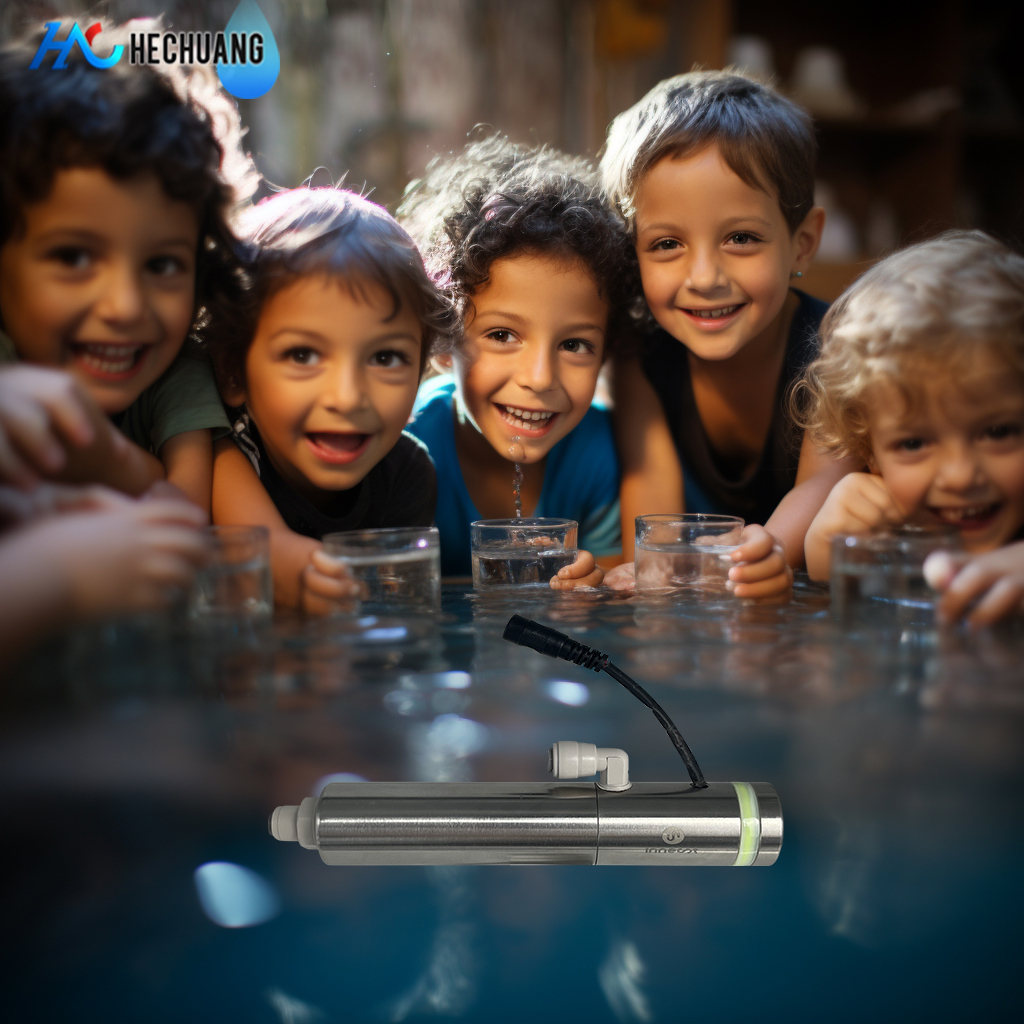
The human body is composed of more than 60% water, which makes up the largest proportion of the organs. Humans consume ~ 2 L of water per day via drinking water and fresh and processed foods, which plays an important role in metabolic processes within the body.
In addition, water is also used for washing fresh and processed foods. Water-borne diseases have been a concern to humans ever since their cause was discovered, and the most appropriate treatment process adopted is microbial disinfection. Inadequate access to safe water contributes to nearly 1.7 billion episodes of diarrhea per year worldwide. In addition to having water for drinking and washing fresh and processed foods, it is important to have access to water for hygiene purposes, which is crucial for diarrhea episodes. The microbial safety of water is an important factor in determining food and public hygiene.
However, water is inevitably contaminated during water intake or storage by the microorganisms present in the environment. Therefore, the removal, inactivation, and destruction of microorganisms present in water are important to promote public hygiene and microbial stability of food. Drinking water is traditionally consumed after heat sterilization. Microorganisms are killed or inactivated by physical and chemical changes that occur at high temperatures. Water contaminated with microorganisms can be effectively sterilized and inactivated by heat treatment. Heat sterilization treatment of drinking water and water for food production is economical, considering the amount of energy required for heating and cooling time but is not suitable in terms of production efficiency.
Among the non-thermal physical methods, ultraviolet (UV) light is considered a cost-effective and easily implementable disinfection method for drinking water. In addition, ultraviolet irradiation sterilization can efficiently control contaminants without generating toxic substances, and chemical and microbial safety can be guaranteed simultaneously . Interest in UV disinfection processes has increased sharply in the drinking water industry since researchers in the late 1990s demonstrated that even very low doses of UV light could effectively inactivate Cryptosporidium.
Ultraviolet is electromagnetic radiation in the wavelength range of 10–400 nm, depending on the wavelength, UV-A (wavelength: λ=315–400 nm), UV-B (λ=280–315 nm), UV-C (λ=100–280 nm), and EUV (extreme UV, λ=10–121 nm) (Jeon and Ha, 2018). UV disinfection primarily occurs because of the germicidal action of UV-C light in the range of 200–280 nm on microorganisms. Thus, UV-C is called germicidal radiation and has maximum effect at a wavelength of 260 to 265 nm when absorbed by DNA and protein. UV irradiation directly destroys the DNA of microorganisms or acts on pyrimidines (cytosine, C; thymine, T) in DNA, and the double helix structure of DNA where pyrimidine is located is disrupted, finally killing bacteria.
Therefore, UV irradiation causes microbial DNA to lose its physical and chemical structural properties, inhibits the production of metabolites for microbial growth, and prevents DNA replication, leading to death. In general, UV-C is used to sterilize water and food surfaces, whereas UV-A and UV-B are effective for sterilizing dry surfaces. UV-C, which has a shorter wavelength, has a higher light energy level than UV-B and UV-A; therefore, it is widely used for water or liquid food sterilization. In recent years, there has been an increased need for purifying drinking water using household filter water purifiers. Cartridge filter water purification systems are typically combined with other treatment devices, such as UV disinfection systems. The technologies of household water purifier devices with cartridge filtration and UV disinfection, which are readily available in the market, are widely used globally. Nevertheless, there is a lack of scientific literature on the commercial systems based on these technologies and evaluating their effectiveness. However, Shigella spp. and Listeria monocytogenes have been known as representative major waterborne and foodborne pathogens worldwide and their contamination in drinking water could cause waterborne and foodborne illness.
So, the purpose of this study was to investigate the microbial disinfection effect and physiological characteristics of the Gram-negative bacterium S. flexneri and Gram-positive bacterium L. monocytogenesusing a household water purifier with a wavelength in the UV-C region.

For more information, inquiries or to book an interview please Contact:
Shenzhen Hechuang Hitech CO., LTD.
info@hc-hitech.com
Toll Free +86-755 2850 4426
Shenzhen Hechuang Hitech CO., LTD. is a National High-tech Enterprise, which has won a number of invention patent technology awards. We focuses on the Research, Development, Production and Application of UVC-LED Technology. It adopts innovative technologies of revolutionary optics and fluid science, which can kill bacteria and viruses in 0.2 seconds, with a killing rate of 99.9999%. Hechuang Hitech provides safer, more efficient and more humanized sterilization module design for Water Air and Surface Disinfection products.